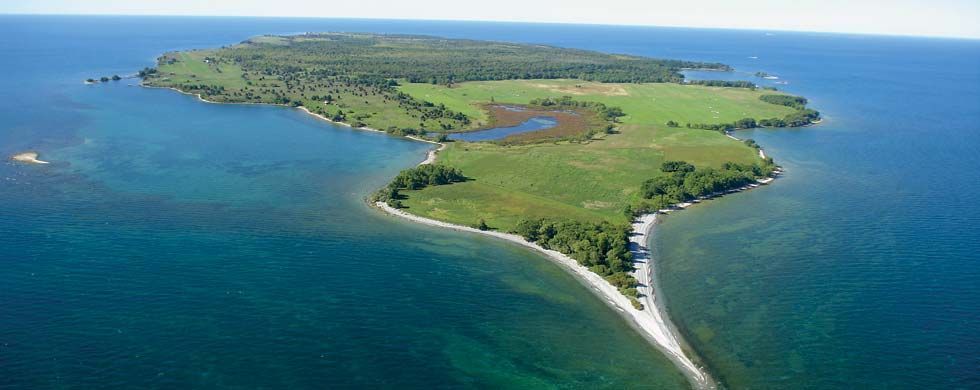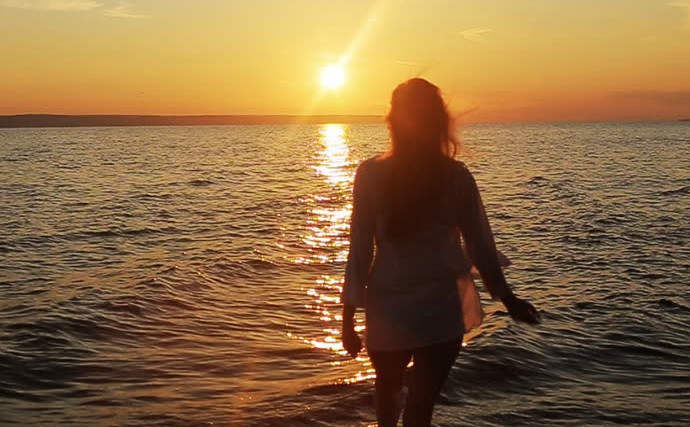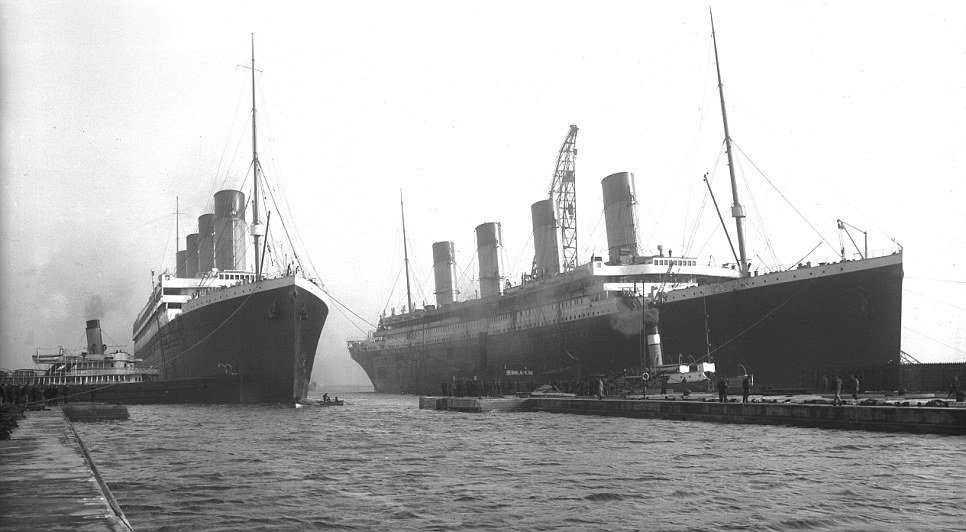
Talking of marine or sea stuff and you cannot overlook the fascinating term called islands. Do you know how islands are formed? Firstly let us understand what is meant by an island. Basically an island is a piece of the sub continental land that is surrounded by water from all the sides.

The islands can be of any shape and size. The islands that are very small in size are called islets, cays, keys, etc. It is not necessary that an island is formed in a sea. It can be formed in a river or a lake too. It has been seen that a group of island is often present together. It is called an archipelago. Philippines is a group of islands. Now that you have an idea of what exactly an island is we will move on to how Islands are formed?
Types of Islands
There are basically two types of islands. They are
- Oceanic islands
- Continental islands
Apart from these two there are artificial islands too. An island is may have an artificial bridge that connects it with the land but still it will be called an island. Some places are called islands because of their history. It is possible that the island is separated from the mainland by a manmade canal. This does not make it an island.
Greenland – Island But Australia – No!!
The Greenland is the largest island in the world. Australia is the smallest continent. Australia is also an island as it is surrounded by water from all the sides. Although Australia is covered by water from all the sides it is considered as a continent and not an island. The reason is to do with geology. The continents sit on a continental lithosphere. They are a part of the tectonic plates that float on the molten mantle of the earth. Oceanic is also a part of the tectonic plates. The islands are not a part of the oceanic crust. They are also not part of a continental lithosphere.
Formations of Different Types of Islands
The continental islands lie on the continental shelf. Some examples of the continental islands are Trinidad, Greenland, Long island, Australia, etc. There are some continental islands that are also called micro continental island. They are created by the continental rift. The examples of these islands are Madagascar, New Zealand, etc.
Barrier Islands
There is another type of island that is formed by the deposition of small rocks over the years. They become a barrier and the water lose their carrying capacity by hitting them. An example of these islands is the barrier islands. They are also formed by accumulation of sand. Such islands can be located in the large rivers and river deltas. The size of these islands change as the force of the current changes. Sometime they become huge and sometimes they become very small.
Desert Islands
Another common type of islands that you may see is called the desert island. As the name itself suggests these islands don’t have any people living in them. They can either be deserted or they maybe islands where no one ever lived. It is like a small tropical island that was never discovered and no one lives there.

Oceanic Islands
The next type of islands that we will discuss now is called the oceanic islands. They don’t sit on a continental shelf. Most of these islands have a volcanic origin. Some of these can also be tectonic in origin. The plates move and as a result they expose the ocean bed. Some of these islands are Saint peter, Paul rocks, etc. In some cases the volcanic oceanic islands are found in the volcanic island arc. They are caused by the subduction of the plates. To name a few are Marina islands, Tonga islands, etc. When the oceanic rift reaches the surface another type of oceanic islands are formed. Iceland is one such island. It also happens to be the second largest volcanic island in the world.
Another common volcanic island that you can spot is the volcanic hotspots. In this case a chain of islands form as the plate drifts. They are formed in a long time. Most of the times these islands are also lost by the sea currents. As a result what is left maybe a seamount. Hawaiian islands is an example of this. Atoll is another special type of island. These islands are formed by the coral reef. They are mostly ring shaped and they have a lagoon in the centre. Line islands and Maldives are example of these islands. They are coral reefs that have grown on eroded volcanic islands. The reef slowly raises to the surface of the water and forms an island.
Tropical Islands
We will now move on to the formation of the tropical islands. It is said that there are about forty five thousand tropical islands in the world. They can be coral tropical islands like the Maldives. They can be granite tropical islands like the Seychelles. Singapore is also a tropical island. Most of the tropical islands are major tourist destinations in the world. We have so far explained all the types of natural islands that you can spot.
Man Made Islands
We will now move on with the artificial islands that are also very common. These are manmade islands. Most of the islands that you see are natural. However, man has always been fascinated by an island. This is exactly why time and again they have tried to create an island. Artificial islands are also built using natural material like earth, sand and rock. Some of them also use recycled waste.

In some parts of the world the natural islands are extended to create an artificial island. One such example is the Vasilyevsky islands in Russia.
We hope that we were able to explain how Islands are formed? They take years to form. They are a wonder of mother nature. There are many islands across the world. Many of them are under threat as the sea levels are increasing due to global warming. We hope that we can find ways to protect and preserve these wonders of the nature. Many of the islands are also lost due to sea storms and tsunamis every year.
How Islands Are Formed?,




